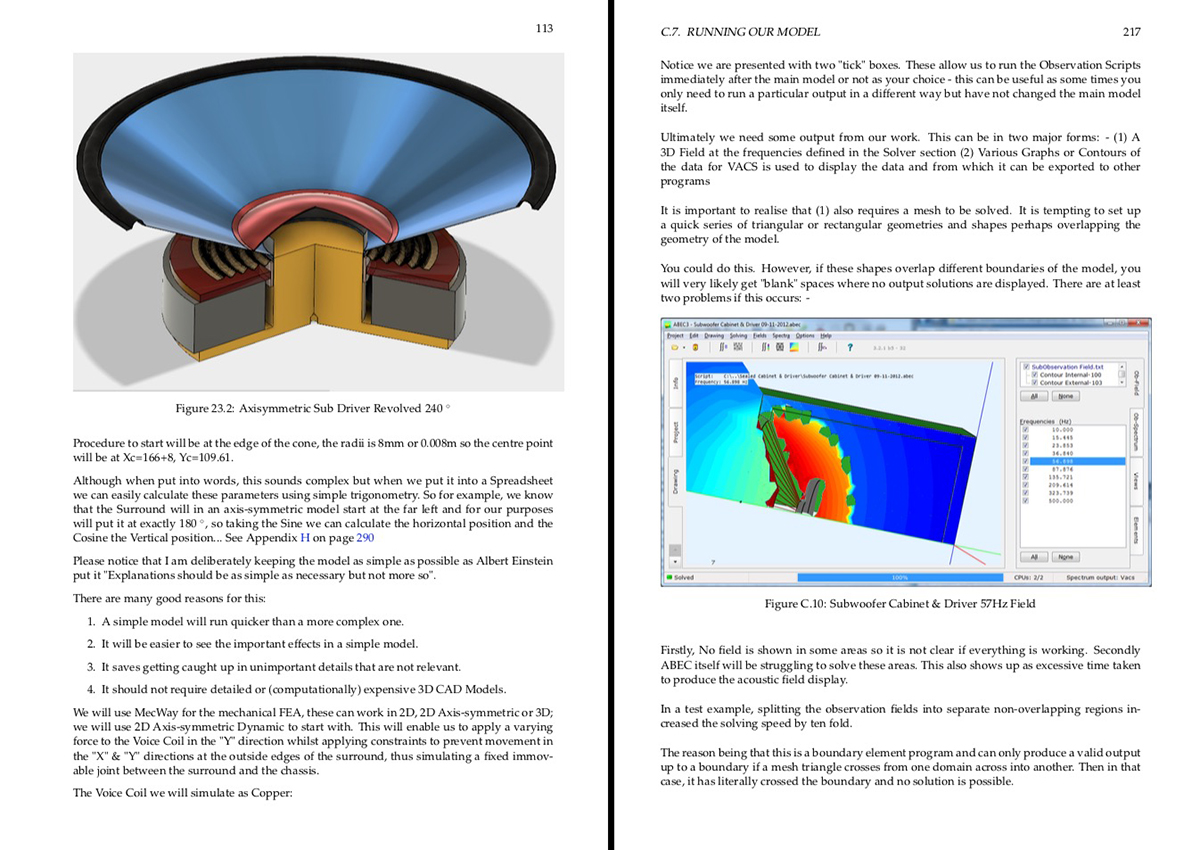

You will soon discover, that TL has some serious problems with resonant modes, which need adequate damping.

You have to understand that this is just the concept behind how the transmission line is designed. This is the main principle around how the transmission line works. Transmission line just takes the back waves generated from the speaker, inverts their phase, and throws them back in front of the speaker, to combine with the front waves. When you make a sealed or bass reflex enclosure (passive radiator slips into this category as well), you alter the resonant peak of the speaker. Transmission lines (TL for short) work a bit differently, compared to sealed and ported boxes. How does a transmission line speaker design work ? This makes it difficult for a mass producer (which is the reason why you rarely see transmission lines in your local audio store), but some DIY-ers love to tinker, and the fact that the transmission line speaker design is difficult and time consuming, will only attract them even more. Trial and error is key to making a good transmission line. How you do so, will dictate whether the enclosure will sound good or bad. The ways you can place damping material inside the enclosure are practically endless. That’s why it is very hard to predict the result with a transmission line. The different types of material used, the amount, the thickness, the location where it is placed, all contribute to a different end result.

The transmission line speaker design relies on heavy use of damping material. Of course, you can model the dimensions and internals of the box, but the problem is the damping material. The design is pretty straight forward, but the hard part is that there is no reliable software to model the enclosure results in an accurate fashion.

Also called acoustic labyrinth or maze, the transmission line speaker design is a type of enclosure that follows a simple concept, yet hard to achieve.


 0 kommentar(er)
0 kommentar(er)
